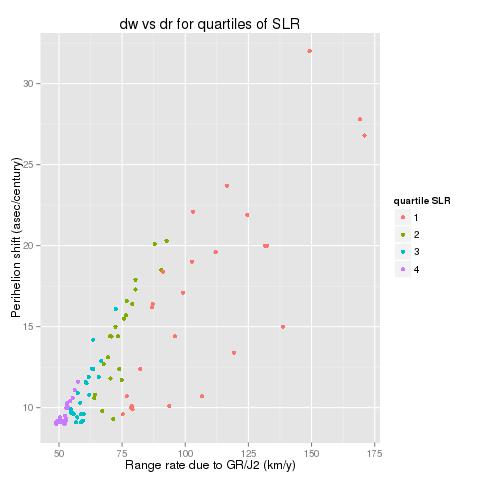First of all, looking at proper elements (see this page), this asteroid has already been recognized to be associated to (228747) 2002 VH3
Furthermore, but this is not sure, it may be even more strictly associated to 436415 (2011 AW46)
JPL Small-Body Database Browser
11842 Kap'bos (1987 BR1)
Orbital Elements at Epoch 2457200.5 (2015-Jun-27.0) TDB
Reference: JPL 14 (heliocentric ecliptic J2000)
| Element | Value | Uncertainty (1-sigma) | Units |
| e | .09426143976452217 | 5.4457e-08 | |
| a | 2.250221196226988 | 1.1502e-08 | AU |
| q | 2.038112106481987 | 1.1993e-07 | AU |
| i | 3.688461615022471 | 5.8652e-06 | deg |
| node | 272.8444791596755 | 7.5115e-05 | deg |
| peri | 172.3596586176659 | 8.1653e-05 | deg |
| M | 181.7294574254017 | 3.145e-05 | deg |
| tp | 2457811.038885071140 (2017-Feb-26.53888507) | 0.00010929 | JED |
| period | 1232.923821576616 3.38 | 9.4533e-06 2.588e-08 | d yr |
| n | .2919888428626886 | 2.2388e-09 | deg/d |
| Q | 2.462330285971989 | 1.2586e-08 | AU |
436415 (2011 AW46)
Orbital Elements at Epoch 2457200.5 (2015-Jun-27.0) TDB
Reference: JPL 8 (heliocentric ecliptic J2000)
|
This is the result of a simulation made with Mercury6 software (graphs made with package R):
Looking at nominal parameters, it seems that these two asteroids had a very close encounter (nearly 9000 km) with a relative velocity of about 30 cm/s about 11500 years ago.
I do not know whether this is true and, if yes, whether this is just a coincidence or these two asteroids separated in that moment from a common body.
Kind Regards,
Alessandro Odasso




















